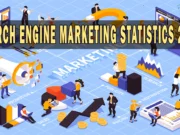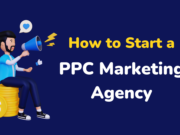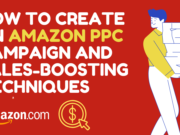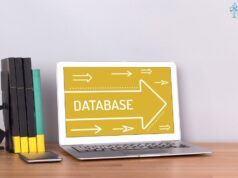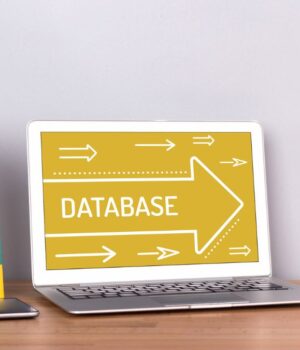Content Management System administrators must think about the size and geographic distribution of their organization, how many users will be using the software, and how much control they need. Other important factors to consider include the types of electronic data that will be managed and stored by the CMS. In addition, the CMS should have easy-to-use tools that allow all types of digital content to be indexed. As with any software, businesses should seek input from all departments and teams. This includes the chief content officer (CCO) and marketing teams.
Some CMSs have more features than others, and not all CMSs are created equal. Taking some time to research a CMS’s features and complexity is essential. While some may appear straightforward at first, others can be more complex. It’s helpful to view videos and screenshots of other platforms to get an idea of how easy or complicated the CMS’s user interface is. A well-known CMS will have a community of developers and user-created resources. It will also have a thriving marketplace and a range of plugins.
If you have a small or medium business and don’t want to invest in complex coding, WordPress may be a good choice. This open-source platform has a simple interface and is an excellent option for businesses with less complex needs. Content management systems allow for ongoing flexibility and organization. When using a CMS, publishing involves three phases. If you choose to use a team, it’s important to choose a platform that’s easy to use for different levels of users.
The back end of a CMS that assembles the code required for a website to operate properly is called a Content Delivery Application (CDA). This application allows you to search, edit, publish, and remove content without any difficulty. When everything is finished, users of your website will be able to view all of your content. If you don’t know how to use a CMS, you can learn more about it from our article.
The CMS provides a dynamic environment for digital marketers and content editors to interact with. This means that content editors don’t need to know HTML or CSS to perform content-related tasks. Moreover, users don’t need to know any coding to use This is a CMS. The GUI-based interface is intuitive and many processes are automated. It’s crucial for businesses to use a CMS in order to make the most of their content.
The first thing to know about a CMS is its functionality. It provides basic functionality and enables the user to add more capabilities to it. CMS platforms are designed to be scalable. They also support multiple teams and sites. This enables the management of content and permissions for different users. The ability to manage multiple user accounts is one of a CMS’s most significant capabilities. Another benefit of a CMS is that it can be accessed from anywhere. Managing user roles and publishing permissions is very easy. You can even manage content across multiple sites.
Users are able to create, edit, and publish content using content management systems. The systems handle all the basic infrastructure that makes it suitable for enterprise content management. Content management can be done offline as well, depending on the platform. One thing to keep in mind is that a CMS comes with built-in blogging capabilities. If you use a CMS, you can schedule content in advance. You can also schedule emails and landing pages. If you don’t like the scheduling feature, don’t worry!
A CMS is a tool that makes it easier for novice and expert users alike to manage content. It allows users to edit and manage content, add pages, and roll out updates to their websites easily. The CMS is also flexible and scalable, allowing you to deploy updates without the help of front-end developers. It also provides a user-friendly interface. You can manage content from the CMS and schedule the publication date for later.
CMSs are useful tools for launching and managing websites. These tools allow users to write, manage, and edit digital content without having to know HTML code. They also allow multiple users to collaborate on content. By creating a CMS, you don’t have to learn HTML or other coding languages to manage a website. This means that your website is much more user-friendly and will be more successful. It’s simple to use, and you can get started right away.
















